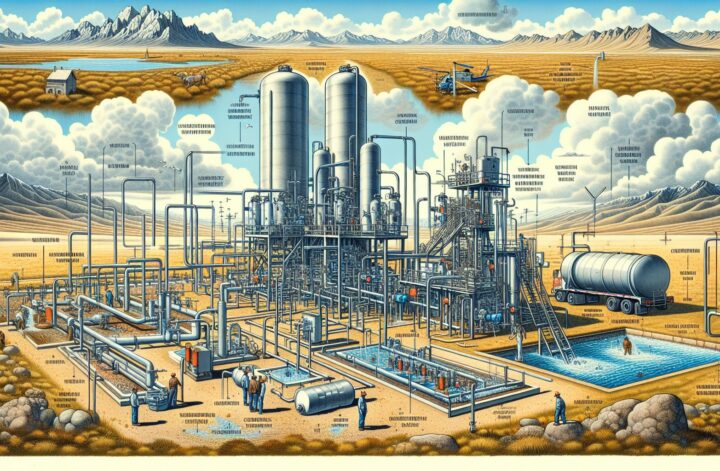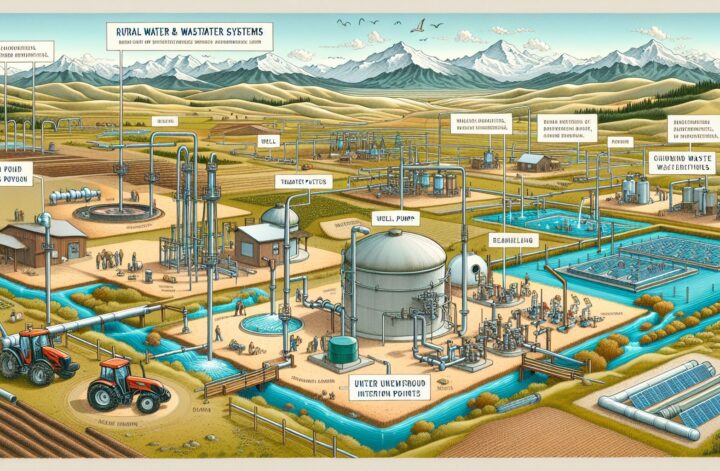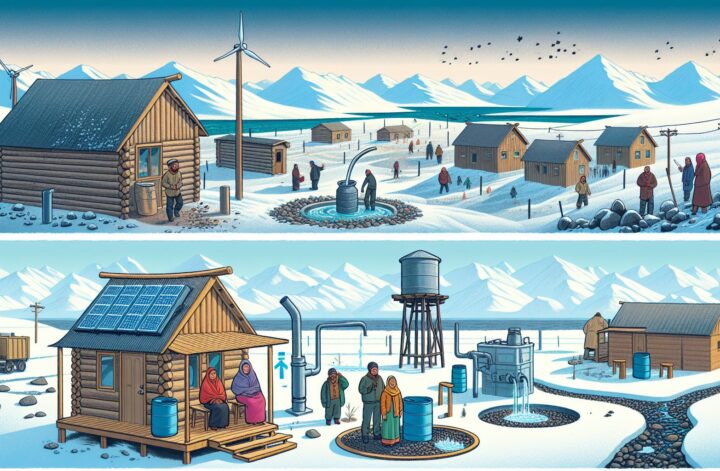Rural regions across the United States face unique challenges in supplying water and handling wastewater, and Wyoming is no exception. Due to the state’s expansive geography and sparse population, managing water and wastewater systems efficiently can be a daunting task.
Each community in Wyoming has a unique set of circumstances that determine how it receives, uses, and disposes of water. Wyoming’s rural communities frequently rely on groundwater resources accessed via wells, as well as surface water from rivers, streams, and reservoirs. The water is then treated by drinking water treatment facilities that filter out harmful bacteria and chemicals, ensuring safe consumption for residents[^1^].
Wastewater management is an equally critical facet of Wyoming’s rural water systems. Sewage treatment facilities handle the treatment and disposal of wastewater, with septage management also playing an instrumental role. However, in extremely remote or spread-out communities, decentralized wastewater systems, or individual septic systems, are often the most feasible solution[^2^].
One critical issue facing Wyoming’s rural communities is the aging infrastructure. Many rural water and wastewater facilities were constructed several decades ago and are reaching the end of their life expectancy, necessitating costly repairs and replacements. The Water Infrastructure Act of 2018 has helped to fund some of these required improvements, but there is still a shortfall in the available funding.
Another challenge in Wyoming is the contamination of both water and wastewater systems caused by mining and industrial activities. Rural communities are often hit hardest, facing difficulties in dealing with these contamination challenges due to a lack of resources.
However, efforts are underway to manage these issues. The Wyoming Department of Agriculture’s Rural Utilities Service offers financial assistance to rural communities, addressing both the development of new water and waste treatment plants and the improvement of existing facilities. The assistance includes low-interest loans, grants, and loan guarantees for the construction of water and wastewater facilities[^3^].
In a broader sense, other federal and state initiatives aim to fund and support improvements for rural water and wastewater systems across Wyoming. As these efforts continue, it’s clear that the access to clean water and effective wastewater treatment remains a priority—ensuring these rural communities have the resources they need to survive and thrive.
[^1^]: Wyoming Department of Health
[^2^]: U.S. Environmental Protection Agency, Septic Systems
[^3^]: United States Department of Agriculture, Wyoming Rural Development



